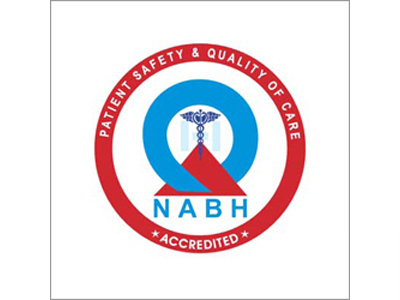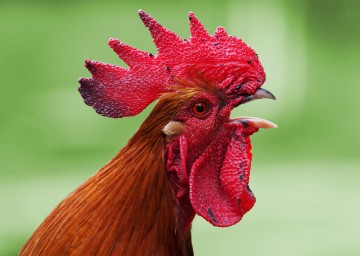In a collaborative study by LVPEI, Tan Tock Seng Hospital, and Nanyang Technological University, Drs. Prerana A. Shetty, Sushank A. Bhalerao, and others explored the influencing factors and outcomes of eye injuries caused by bird beaks, in a cohort of patients from South India.
Alfred Hitchcock’s 1963 horror classic, ‘The Birds’ is premised on a terrible, albeit unlikely, scenario of a frenzied flock of birds attacking people. Fortunately, bird attacks are rare in real life, but when they do happen, it can result in gruesome eye injuries. Birds, especially aggressive or territorial species like seagulls, magpies, and in the Indian context, owls, cranes, storks, and roosters, can cause penetrating eye injuries with their beaks, leading to intraocular infection (endophthalmitis), lens abscess, or retinal detachment—conditions that can end in blindness.
Being rare, beak-related eye injuries are often seen as incidental, and thus, are underreported. At best, such injuries and their outcomes are documented as case studies, which usually involve one patient. Having data on a larger scale can provide useful information on the extent of ocular injuries that bird beaks can inflict and their prognosis—the outcomes of such injuries after treatment. The L V Prasad Eye Institute (LVPEI), a major eye care referral network in South India, receives patients with beak-induced eye injuries and is uniquely positioned to evaluate such rare cases on a larger scale.
In a new study published in the journal Injury, Drs. Prerana A. Shetty, Sushank A. Bhalerao, and others from LVPEI, in collaboration with researchers from Tan Tock Seng Hospital and Nanyang Technological University, Singapore explored the influencing factors and outcomes of beak-related eye injuries in South India. The retrospective study includes 27 patients (66.7% male) with bird-induced eye injuries who came to an LVPEI tertiary hospital in Andhra Pradesh, Odisha, or Telangana within a 10-year period. The injured eyes received a detailed examination upon presentation. After surgery, the eyes’ best-corrected visual acuity (BCVA)—visual acuity after optical correction—was recorded during multiple follow-ups over three years.
Most patients (77.8%) at presentation (immediately after injury) had severe vision impairment or worse sight, including five patients who could not even perceive light (total blindness). Over 70% of patients had penetrating eye injuries which included ruptured cornea, prolapsed iris (the colored part of the eye protrudes out of the wound), aniridia (the iris is missing), endophthalmitis, lens abscess, and retinal detachment. Seven patients had endophthalmitis, while five had traumatic cataract. Eighteen patients (66.7%) required surgery such as corneal laceration repair, cataract extraction, intraocular antibiotic injection, or vitreo-retinal surgery. Among the nine patients who did not undergo surgery, four of them had irreparably damaged, shrunken, and permanently blind eyes. After surgery, visual acuity improved for many patients over the course of three years. Twenty patients were blind before interventions and after three years of follow-up, 11 had recovered some sight, with mild-moderate vision impairment. The study concludes that timely intervention can salvage the sight of beak-related eye injuries. But delays in seeking medical care, which increases the risk of infection, and injuries that require multiple surgeries in the first week are unlikely to yield good outcomes.
'This study highlights key factors contributing to these injuries and underscores their significant impact on visual health, emphasizing the need for targeted prevention and treatment,' says Dr Sushank Bhalerao, consultant ophthalmologist, LVPEI and one of the authors of this paper.
Citation
Shetty, P. A., Tan, S. I., Agrawal, R., Bhalerao, S. A., & Vuyyuru, S. (2024). Bird beak-related ocular injuries in southern India: Factors and visual implications. Injury, 55(12), 112003. https://doi.org/10.1016/j.injury.2024.112003
Photo credit: Karen Arnold, Needpix.com



